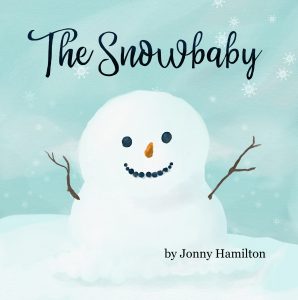Reviewed by Jeffrey Sanzel
Looking for an entertaining summer read? A lightweight coffee table book? A terrific celebration of Long Island? Written by Stacy Mandel Kaplan, Kimberly Towers, Scott J. Mandel, and Jordan Kaplan, Hey Long Island … Do U Remember? (MacIntyre Purcell Publishing Inc.) is a fun, informative tome, blending a diverse collection of photos with fascinating anecdotes. The project began in 2008 when the authors started a Facebook group for the sharing of pictures and the history of Long Island. The group has since grown to more than 159,000 members.
The book opens with a quick Long Island overview — a did you know?: geography, legal status, etc. Following this, the authors present a brief timeline, beginning with Long Island’s formation from a glacier in 19,000 BC and quickly working up to December 14, 2020, when the first vaccine was given in the United States, at Long Island Jewish Medical Center, in New Hyde Park. This thumbnail sketch sites the building of the Long Beach Boardwalk (1914); The Big Duck, off Route 24, in Flanders (1931); Levittown, the first modern American suburb (1947); the invention of the first video game (1958); the Blizzard of 1978; and the founding of the Long Island Ducks baseball team (2000), among other particulars.
On page ten, the book proper begins with Bald Hill in Farmingville. Each one- or two-page spread covers a different place, person, or event. With over 130 black-and-white photos — many seen here for the first time — Hey Long Island … Do U Remember? is a delightful collective history of the place that over eight million people call home.
One of the book’s many joys is opening at any point and working in any direction. The book requires no specific course, and the reader can dive in at will. For example, on page 14, one can read about the Bethpage Air Show. On page 75, details are offered on the “Sweet Hollow Creamery and Milk Home Delivery on Long Island.” On page 87 there is the “Riviera Bath Club.” Turn the page to have the author’s take on the Brooklyn Bridge.
Some pieces neatly build on others. “The Fashion Industry on Long Island” segues into “Fashion Trends on Long Island.” The latter starts with a portrait of the patriotic-influenced clothing of the Word War II 1940s. It travels through the media-influenced 1960s, moving onto the bold 1970s and the MTV 1980s. The authors’ crisp prose paints vivid images in a few short strokes.
The creators beautifully shape each entry, knowing when to allow the visuals to take the primary focus. “Charles Lindbergh’s Historic Flight” is dominated by a photo of the Spirit of St. Louis spanning a page and a half. They provide the most basic information (the flight from Roosevelt Field, Garden City, to Paris, the 3,600 mile/thirty-three-hour flight) and let the image carry the power. The prose-centric on “Airfields and Airports” is next, followed naturally by “Cradle of Aviation.”
Cultural nods range from the band Ninedays, Jones Beach Theater, and the Ray Romano house to Port Washington’s Beacon Theatre and the Long Island Musical Hall of Fame. Oheka Castle warrants three pages with incredible photos, including an aerial view of the castle and another of the gardens and reflecting pool. “Houses of Worship” spans five pages and offers a complete range of religious denominations. There are a plethora of parks and preserves (“Tanner Park,” “Long Island Game Farm Wildlife Park and Children’s Zoo,” “Eisenhower Park,” “Muttontown Preserve,” “Bethpage State Park”) and restaurants (“Nathan’s Famous,” “Wetson’s,” “Pastosa Ravioli,” “Frank’s Steaks” and the “Lincoln Inn”).
The book celebrates a varied and fascinating cross-section: everything from Grumman, Newsday, Superstorm Sandy, and the LIRR, to the Montauk Lighthouse, Whisper the Smithtown Bull, the Hope Sculpture, and the World’s Fair … Sagamore Hill and Sam Ash … the beaches, the festivals, the parades. And, of course, no book on Long Island is complete without at least a reference to poet Walt Whitman, as writer and icon.
The authors smartly present enough information to cover each subject and stimulate interest. In addition to casual reading, the book is ideal for the classroom. Students could utilize the book to gain general knowledge on various events, ideas, and themes and then select topics to explore further and in-depth.
Hey Long Island … Do U Remember? is a wonderful book and terrific addition to the library of works honoring the rich Long Island narrative. Order a copy today at www.barnesandnoble.com, www.amazon.com, or your favorite online retailer.


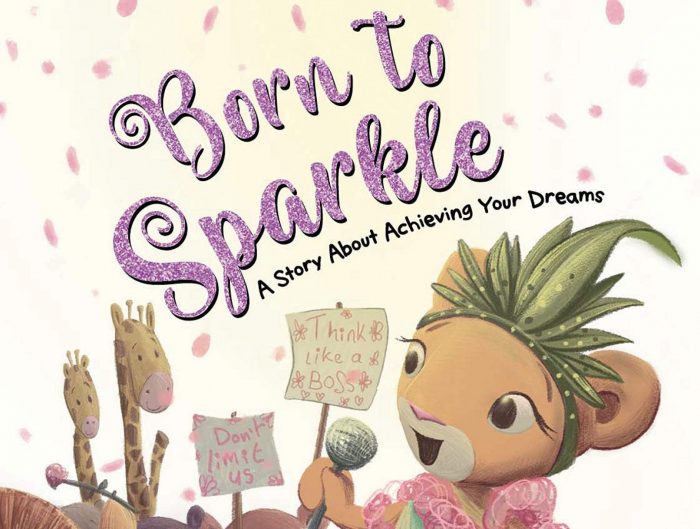
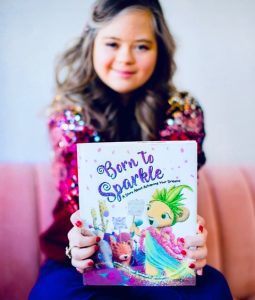
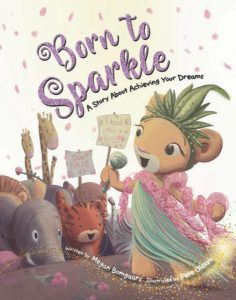
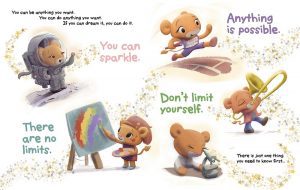 What did you like about putting the book together?
What did you like about putting the book together? 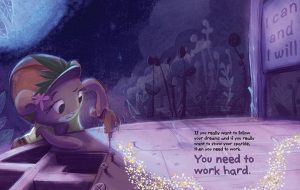 What was it like when you got the finished book?
What was it like when you got the finished book?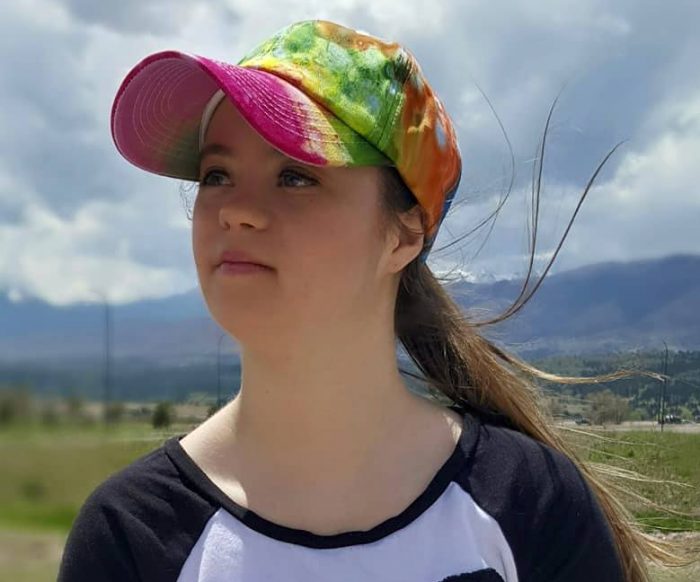

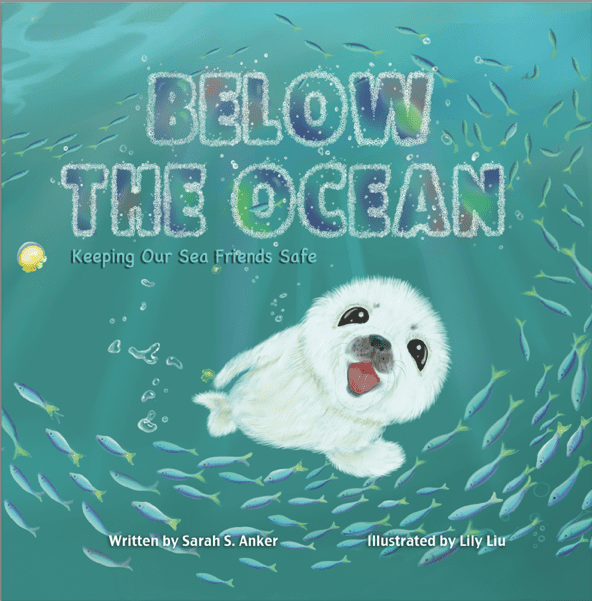

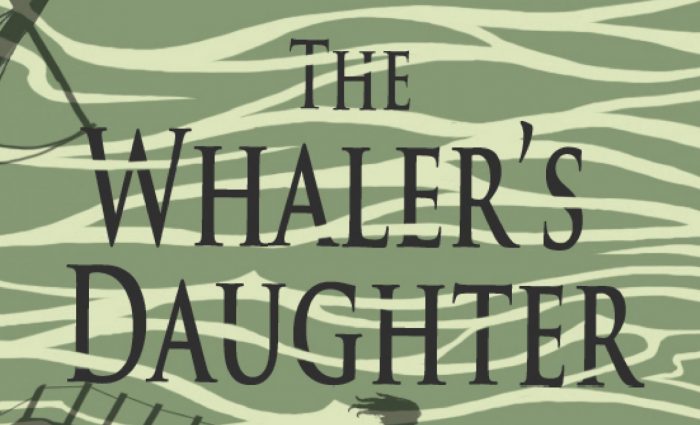
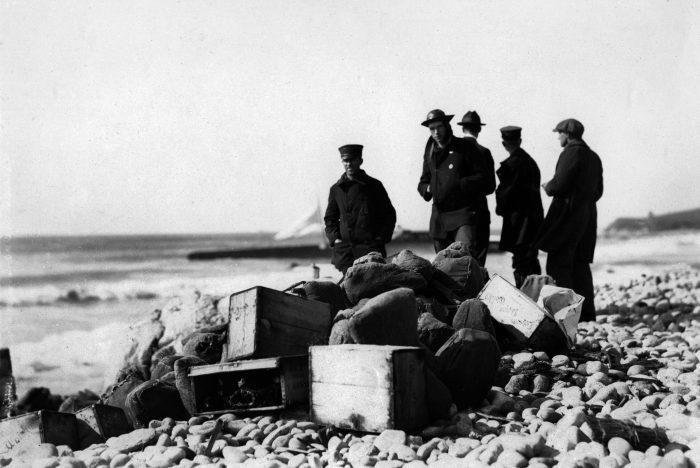
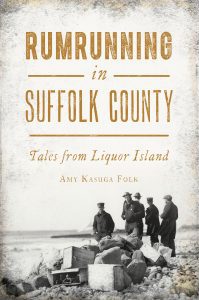
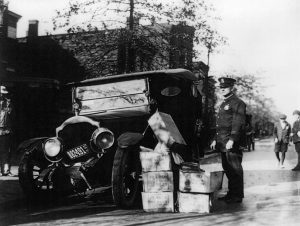

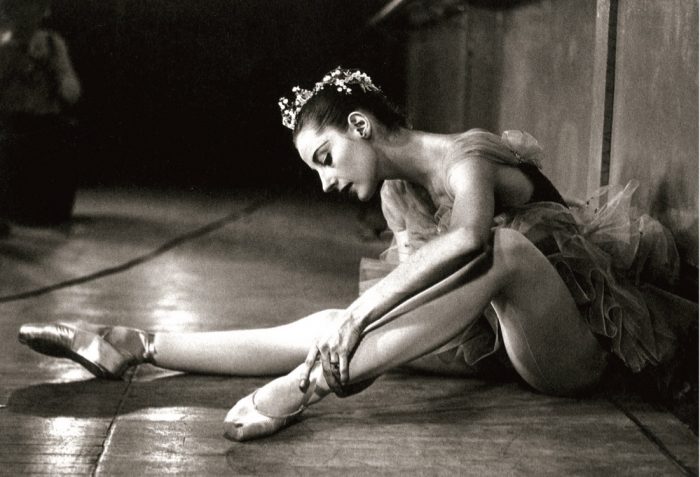
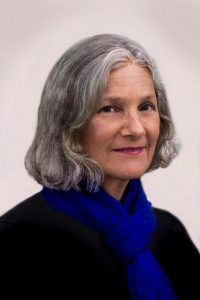
 Tanaquil “Tanny” Le Clercq, George Balanchine’s muse, ballerina, last wife, and teacher was a unique fusion of comical wit and dramatic allure. She never lost her sense of fun, even after she contracted polio in her 20s, when she could only dance with her hands and voice, while seated in a wheelchair, to demonstrate steps for her students at the Dance Theatre of Harlem. Protopopescu will share extracts from films and photos, some never before published, as well as passages from her intimate biography of Le Clercq. This biography also contains fascinating stories about the world of ballet, dancers, musicians and choreographers.
Tanaquil “Tanny” Le Clercq, George Balanchine’s muse, ballerina, last wife, and teacher was a unique fusion of comical wit and dramatic allure. She never lost her sense of fun, even after she contracted polio in her 20s, when she could only dance with her hands and voice, while seated in a wheelchair, to demonstrate steps for her students at the Dance Theatre of Harlem. Protopopescu will share extracts from films and photos, some never before published, as well as passages from her intimate biography of Le Clercq. This biography also contains fascinating stories about the world of ballet, dancers, musicians and choreographers.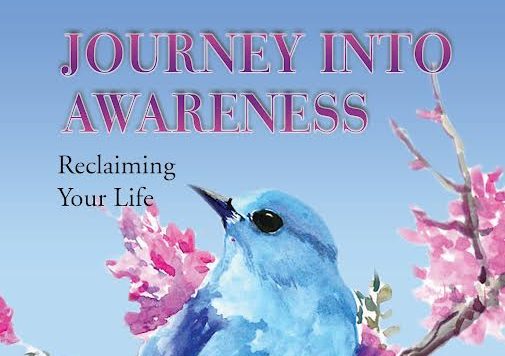

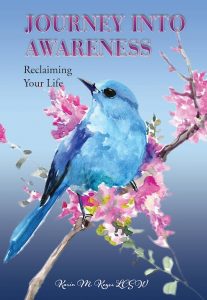 Keyes has been in private practice on Long Island for the last 20 years, with a focus on alternative therapies, including EMDR (Eye Movement Desensitization and Reprocessing), clinical hypnotherapy and energy-focused therapies, incorporating spirituality into her work.
Keyes has been in private practice on Long Island for the last 20 years, with a focus on alternative therapies, including EMDR (Eye Movement Desensitization and Reprocessing), clinical hypnotherapy and energy-focused therapies, incorporating spirituality into her work.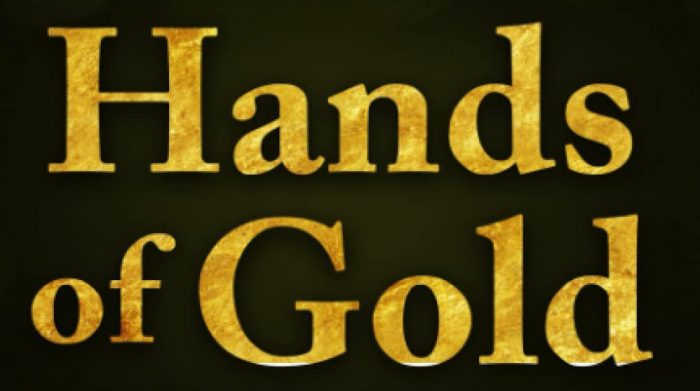

 Robbins wisely eschews the easy, idyllic family life for one of constant challenges, exacerbated by Sam’s father’s passing and his elder brother’s return. Always in the background is the hope of America—the land where the streets are paved with gold. At age eighteen, Sam escapes the family (as well as dodge army service), ending up destitute in Prague, only to return home. With his second attempt at liberation, he spends time in Germany before crossing the Atlantic and jumping ship in Montreal. The book is a Brave New World adventure story, a unique take on “Go West, young man.”
Robbins wisely eschews the easy, idyllic family life for one of constant challenges, exacerbated by Sam’s father’s passing and his elder brother’s return. Always in the background is the hope of America—the land where the streets are paved with gold. At age eighteen, Sam escapes the family (as well as dodge army service), ending up destitute in Prague, only to return home. With his second attempt at liberation, he spends time in Germany before crossing the Atlantic and jumping ship in Montreal. The book is a Brave New World adventure story, a unique take on “Go West, young man.”

